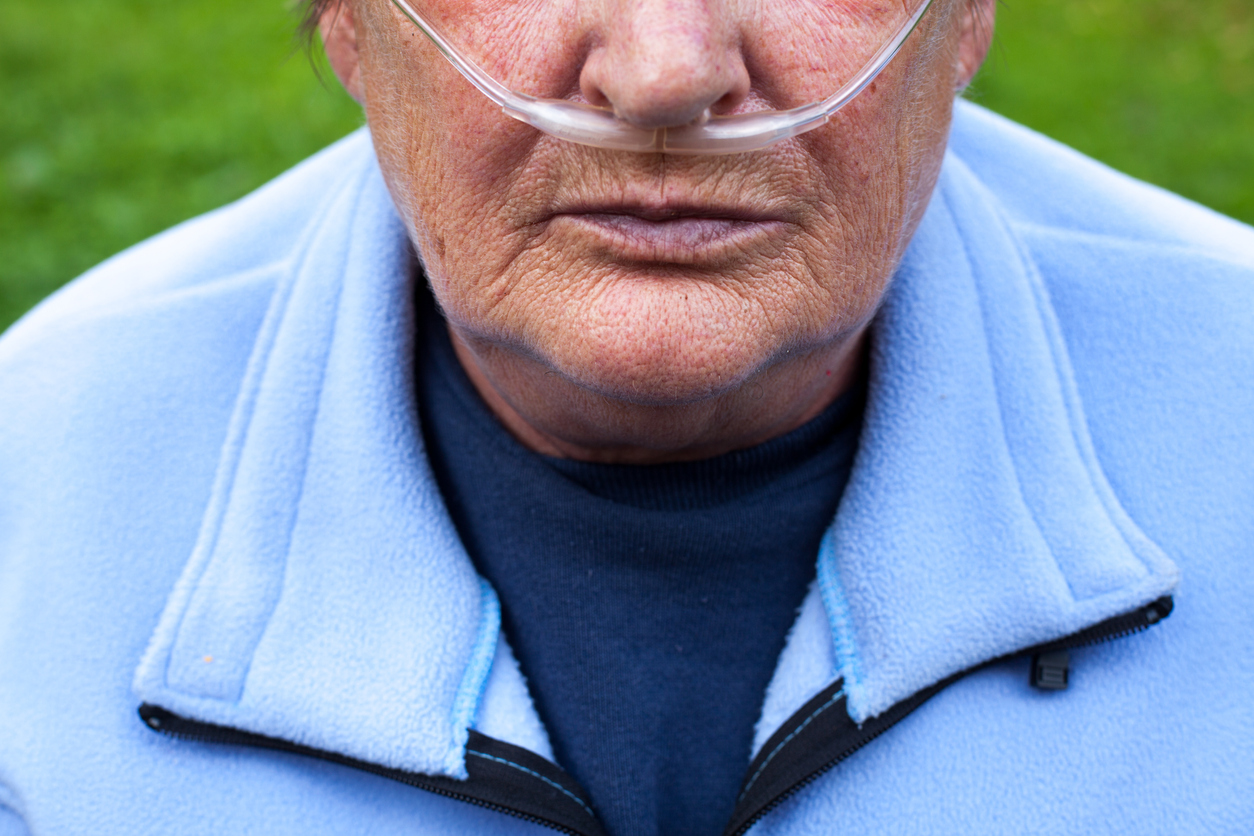Causes
Smoking is the leading cause of COPD. The more a person smokes the more likely that person will develop COPD. However, some people smoke for years and never get COPD. In rare cases nonsmokers who lack a protein called alpha-t antitrypsin can develop COPD. Other risk factors of COPD include:
- Exposure to certain gases or fumes in the workplace
- Exposure to heavy amounts of secondhand smoke and pollution
- Frequent use of cooking fire without proper ventilation
Common Symptoms
- Cough
- Fatigue
- Many respiratory symptoms
- Shortness of breath
- Wheezing
Because the symptoms of COPD develop slowly over time some people don’t even know they are sick
Monitoring and Self Care
There is no cure for COPD, however, there are many things that you can do to relieve symptoms and keep the disease from getting worse.
- Stop smoking immediately! This is the best way to slow down the lung damage
- Take the medications and treatments prescribed by your physician
- Ask your physician how far you can walk—try not to walk when you are short of breath
- Use pursed lip breathing when breathing out to empty your lungs before the next breath
- Make sure no one smokes in your home
- Reduce air pollution by getting rid of fireplace smoke and other irritants
- Eat a healthy diet with fish, poultry, lean meat, as well as fruits and vegetables
- Attend a support group
When to Contact a Medical Professional
Call your health care provider if you develop:
- A flare up of the disease
- Signs and symptoms of an upper respiratory Infection

